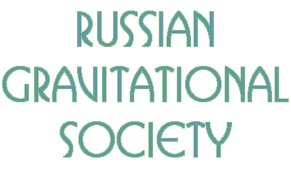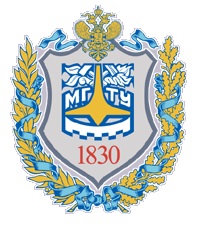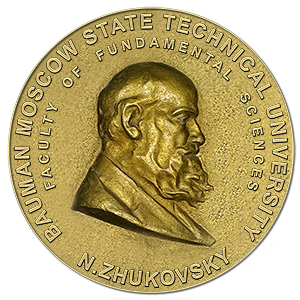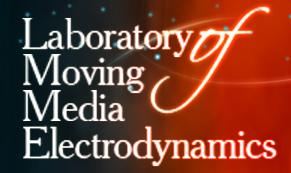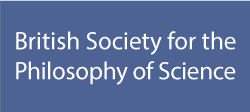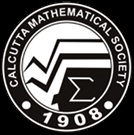|
The mathematical derivation or speculation of E=Δmc2 in Einstein's September 1905 paper, and some peculiar experiments
Ajay K. Sharma
Fundamental Physical Society, Shimla, India
E-mail: Ajay joy.plus@gmail.com
In his paper Einstein derived ΔL=Δmc2 (light energy -mass equation). It has not been completely studied; it is only valid under special conditions of the parameters involved e.g. number of light waves, magnitude of light energy, angles at which waves are emitted and relative velocity v. Einstein considered just two light waves of equal energy, emitted in opposite directions and the relative velocity v uniform. There are numerous possibilities for the parameters which were not considered in Einstein's derivation. ΔE=Δmc2 is obtained from ΔL=Δmc2 by simply replacing L by E (all energy) without derivation. Fadner correctly pointed out that Einstein neither mentioned E or ΔE=Δmc2 in the derivation. Herein additional results are critically analyzed, taking all possible variables into account. Under some valid conditions of parameters ΔL=Δmc2 is not obtained e.g. sometimes the result is Ma =Mb or no equation is derivable. If all values of valid parameters are taken into account then the same derivation also gives L∝mc2 or L=A Δmc2, where A is a coefficient of proportionality or ΔE=Ac2Δm is also possible. On 11 December 1951, in Nobel Lecture Sir Cockcroft quoted some experimental data and stated that ΔE=Δmc2 is confirmed within reasonable accuracy. However simple calculations reveal that in original experiments , there is inadequacy of 16.52 % and 2.49% in the quoted data. By current standards this inadequacy from ΔE=Δmc2 is 9.768 %. Similar intrigues exist in calculations of energy emitted in nuclear chain reaction where secondary neutrons have velocity 2MeV or 1.954x107 m/s i.e. ~7% that of light. This velocity is in relativistic limits thus mass of neutron must be taken as relativistic mass 1.01080879u, whereas as neglecting this in calculation of energy emitted the mass of neutron is regarded as 1.0086649u (rest mass). Thus energy emitted is over estimated by 5.99MeV (173.271MeV - 167.29MeV ). It may be one reason for lower efficiency of reactors. In Large Hadron Collider, at energy 7 TeV the speed of proton had been measured as 0.99999997 time that speed that of light , but in the interpretation mass is regarded as 1.0086649u. Under this condition the relativistic mass of proton must be 4,082.4841 times rest mass of proton i.e. 938.272046 MeV/c2. Thus relativistic variation of mass is completely neglected, which is not justified as not consistent with various observations of relativistic variation of mass. The speed of protons, hence relativistic mass in current run of LHC must be precisely measured when energy of protons would be 13-14MeV.
Keywords: Light energy , Cockcroft, deviation, generalized equation, relativistic mass.
DOI: 10.18698/2309-7604-2015-1-7-19
Article file: Ajay.pdf
|


